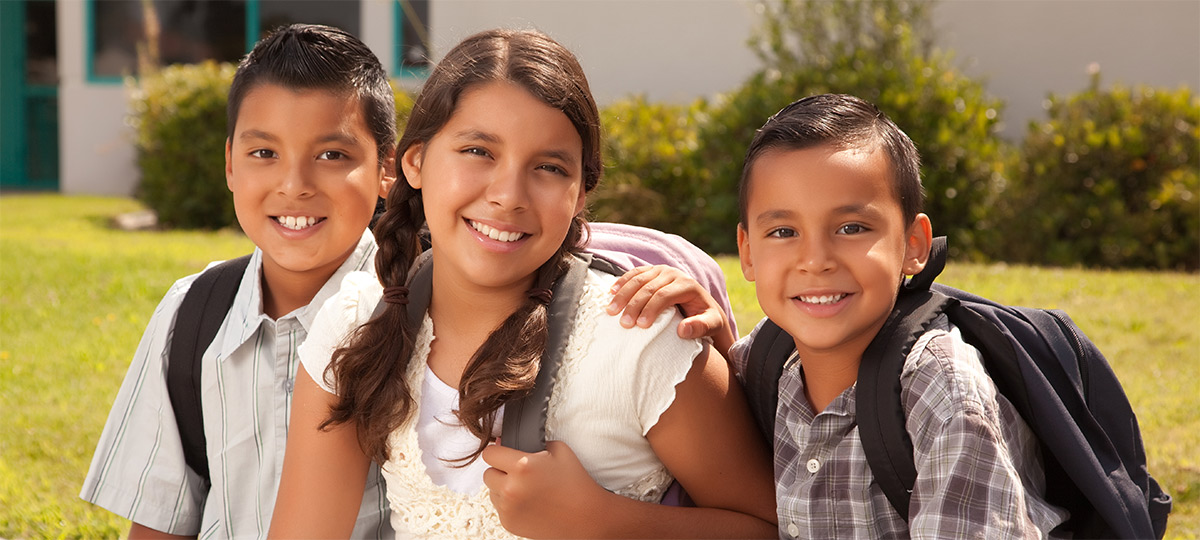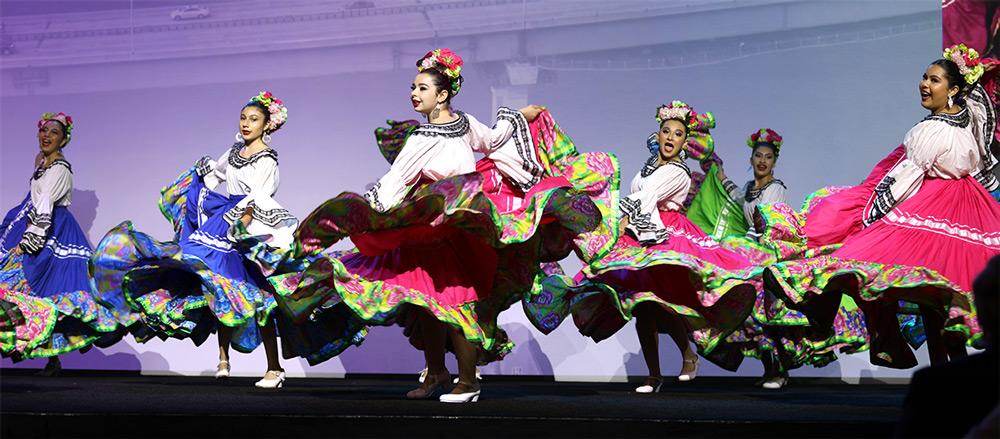
California is home to the largest Latino population in the United States, with 55 percent of the student population identifying as Latino/Hispanic. (The terms are often used interchangeably in education, as Hispanic is the official state and federal category for this population.) The federal government has designated Sept. 15 to Oct. 15 as National Hispanic Heritage Month — a time to appreciate the community’s history, heritage and contributions of the ancestors of American citizens who came from Mexico, Spain, the Caribbean, and South and Central America. In this article, CSBA is highlighting a handful of programs that focus on the achievement and support of this student group.
The initiative focuses on five key areas to advance Latino student achievement: Recruiting and retaining Latino educators; affirming Latino identity, history and culture through student leadership and classroom engagement; strengthening Latino family engagement linked to student learning; preschool enrollment; and family engagement.
The district also highlights Latino students who are thriving academically by holding an Annual Latino Student Honor Roll ceremony. Marisa Villegas, a targeted student intervention specialist for the Latino student initiative, welcomed students to the 2022 ceremony by applauding their achievements. The ceremony is designed to honor students’ hard work, the support of their families and the “beautiful cultures” that comprise Oakland, Villegas said.
The Puente Project — which has since expanded to seven middle schools, 36 high schools and 65 community colleges in California — comprises three parts to address these specific challenges: rigorous language arts instruction, sustained academic counseling, and community leadership development and mentoring. Community college instructors, middle and high school teachers and counselors receive training from Puente staff to implement a program of rigorous instruction, focused academic counseling and mentoring by members of the community.
These training programs, co-sponsored by the University of California and the California Community College Chancellor’s Office, have benefited approximately 300,000 students across the state. And they are paying off. UC’s
2020 fall admission class had the highest percentage ever of Latino students, at 36 percent. The university system also increased the number of first-generation, low-income and community college transfer students admitted.
SEAL is grounded in addressing English learners’ needs at all levels, including practice, research and policy, and advocacy to create systemic change. The program is also committed to developing the intellectual and linguistic skills of young children while placing value on families’ culture and language and ensuring teachers have the skills necessary to be effective educators. It is a comprehensive, whole-school strategy, according to the organization.
The program strikes a chord with both current and former English learners. “I was an English learner. In my culture, there is a separation of family and school. I wish we had SEAL when I was a student — it validates students’ upbringing, culture and background, and prioritizes family engagement in how teachers deliver instruction,” said Vern Caruz, principal of Stipe Elementary in San Jose’s Oak Grove School District, in a quote featured on SEAL’s website.

“Baile Folklórico is the traditional folk dance from the Republic of México. Each state and region have their own culture and traditions that are expressed through the art of dance. My students study and learn a well-rounded curriculum, consisting of dance routines from the north, central and southern regions of México,” Hirsch said.
Dancers receive visual and performing arts credits and college elective credits for participating. Through Mexican folk dance, the mission of the group is to allow students to learn personal responsibility, group dynamics and leadership skills; grow and develop critical-thinking abilities and creative expression as well as physical and mental stamina; and share in cultural understanding and appreciation for the richness of the art form.